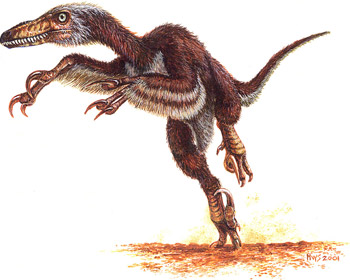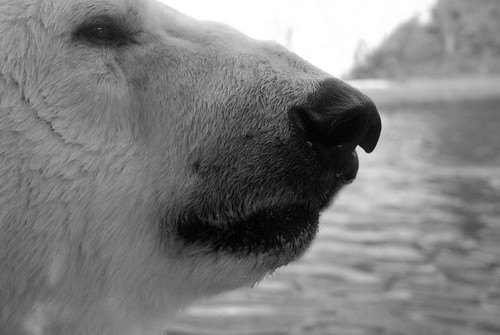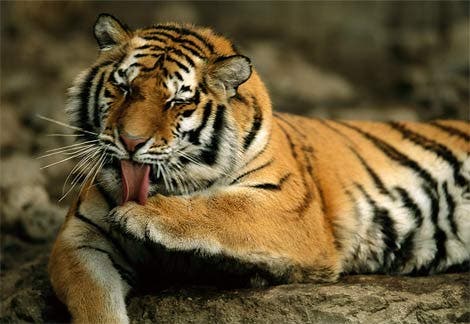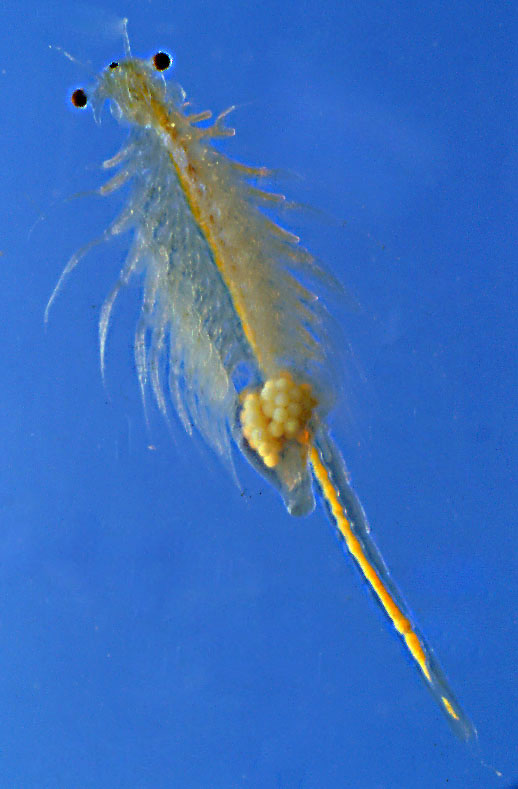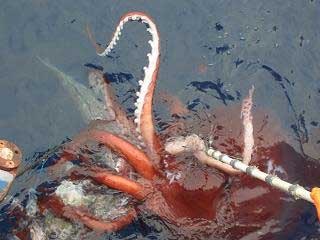So, due to grad night on thursday and my extreme tiredness and rather ill health last night, I've been a bit remiss in posting my fun facts of the day for the latter part of this week. But not to worry, for I shall compensate for this with a Fun Fact value Pack
TM! And since I am wearing my favorite tie, my dinosaur tie (complete with little labels for each awesome dinosaur picture), I decided that some dinosaur fun facts are in order. So, lets begin:
Fun Fact #1:
Tyrannosaurus Rex has small portions in it's skull that are jointed, with small gaps in between the adjoining portions. This, in life, would have played a potentially fascinating role in it's predatory habits: shock absorption. You see, the most prominent weapon that the Tyrant lizard king possessed was it's skull; specifically, it's enormous jaws and teeth. But in order to deploy these for predation, it would have to basically smack in to other animals such as hadrosaurs in order to bite them. This may seem relatively straight forward, but running full tilt into another animal, jaws agape, poses serious risks of damage to the skull.

But, Tyrannosaurus evolved a solution to this: shock absorption. Portions of the skull are mobile and thus could have slid back slightly upon impact, mitigating the injurious effects of the force on the skull. The most appropriate modern analogue for this is the woodpecker, an animal which spends much of its life exerting heavy force on its skull by pecking on trees.
Fun Fact #2:
The largest currently known carnivorous dinosaur is Spinosaurus aegypticus, a North African dinosaur which is estimated to have grown over
60 feet as an adult.

That's exceptionally large, especially considering that Tyrannosaurus reached no more than 45 feet at maximum size. Many people may identify Spinosaurus as the primary antagonist in "Jurassic Park III", that more embarrassing member of the series. In the film, the size of Spinosaurus is accurate, but it's plane-crushing strength, and it's besting of a Tyrannosaur in a fight, are highly exaggerated. In actuality, Spinosaurus was not very strong, and likely fed on fish rather than large prey. It's immense sail, for which it is named, most likely was used in thermoregulation, like the ears of a jackrabbit. But yeah, T-Rex would so have won in that fight. Nonetheless, it is a very interesting dinosaur.
Fun Fact #3:
The longest proportional neck of any dinosaur belonged to Mamenchisaurus, an immense sauropod from China. This dinosaur had a neck that was nearly 30 feet long, compared to it's overall length of around 60 feet.

Many would associate this immense length (more than half of the animal in many specimens) with reaching high into trees for food, but in fact, it is unlikely that Mamenchisaurus could even reach its neck upwards very much at all. This is because it had long spines extending off each neck vertebrae, creating a great deal of overlapping support in the neck between each vertebrae. This would have thus limited upward bending of the neck, but not lateral movement. Thus, the proposed function of the neck was not to reach high into trees, but rather to crane laterally over a large lateral distance, grazing over a large area with minimal movement.
 This adorable little bat lives in limestone caves in Thailand, coming out at night to hover around teak trees and bamboo clumps in search of small flies, spiders, and other small arthropods to eat. It is the only member of it's family, Craseonycteridae, and was not even officially described until 1974, due to it's small size and remote habitat.
This adorable little bat lives in limestone caves in Thailand, coming out at night to hover around teak trees and bamboo clumps in search of small flies, spiders, and other small arthropods to eat. It is the only member of it's family, Craseonycteridae, and was not even officially described until 1974, due to it's small size and remote habitat.  Just look at that picture again. Don't you just go "Awwwww"?
Just look at that picture again. Don't you just go "Awwwww"?









